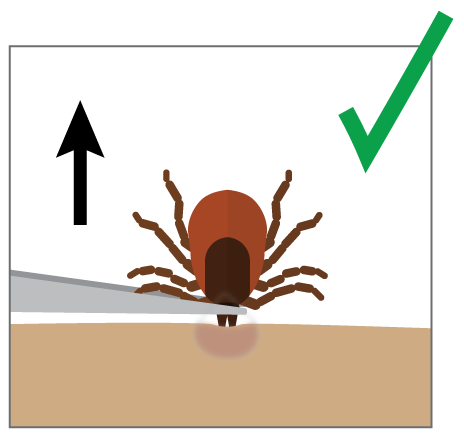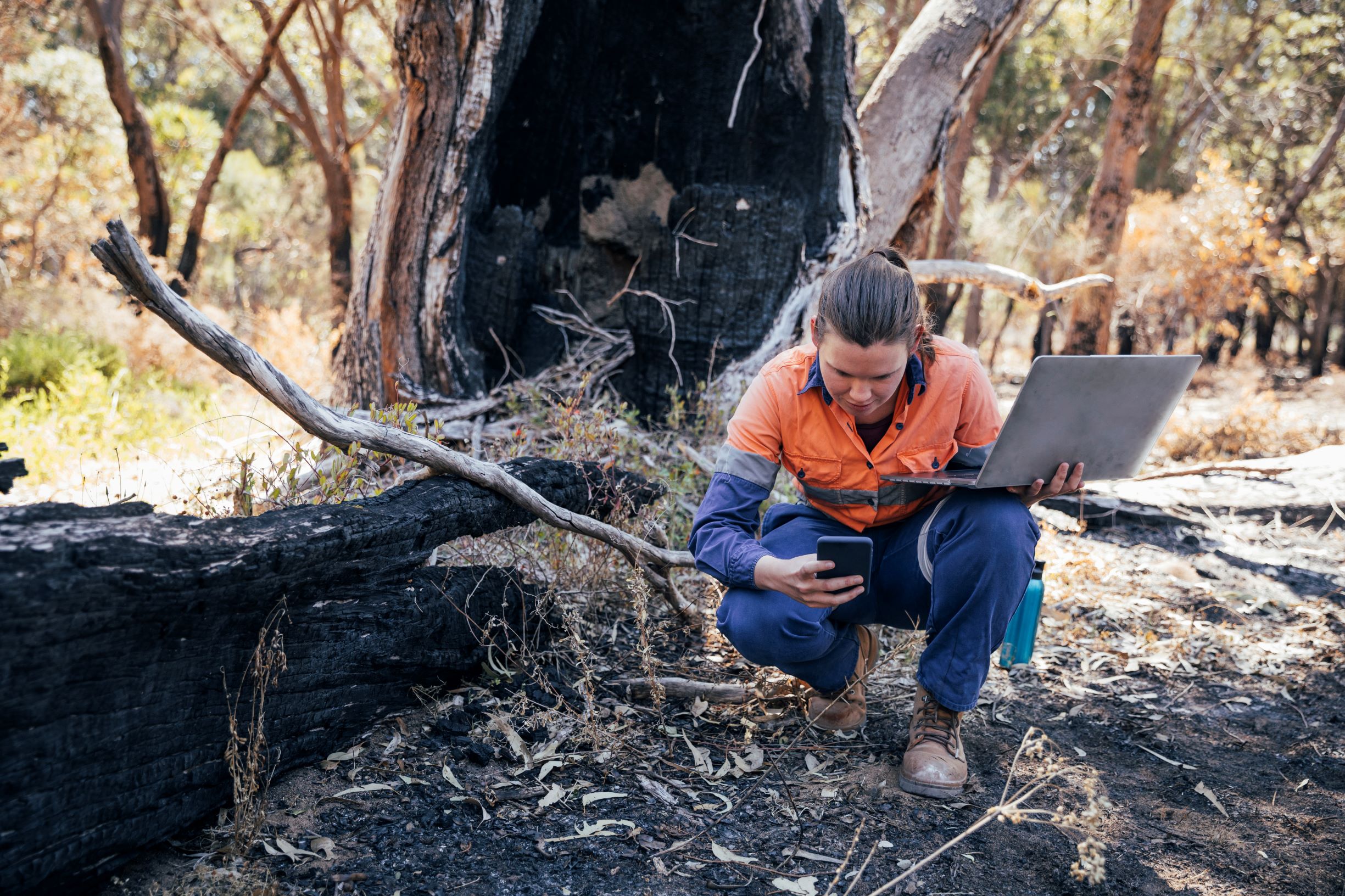Occupational Health Watch: March 2021
Spring is here: Protect Outdoor Workers from Tick-Borne illness!
People who work outdoors in grassy, brushy areas, or in oak, pine, or redwood forests, may be at risk for tick bites and the diseases ticks can carry. Ticks usually live outside in shaded areas with grass, shrubs, rocks, logs, and fallen leaves.

Lyme disease is the most commonly reported tick-borne disease in California. Both the adult and early life stage (called the nymph) of the western blacklegged tick can transmit the bacteria that cause Lyme disease, but the nymphs carry it more often. Nymphal ticks are very small (about the size of a poppyseed) and typically become active in California in March and remain active through June. This makes tick bite prevention especially important in the spring when they are most active.
CDPH Vector-Borne Disease Section has created an online occupational toolkit, Ticks in the Workplace, with information for employers and workers, including proactive steps to help protect workers whose job sites and work activities could put them at risk for tick bites and what to do in the event of a bite.

Photo: Worksites in forested areas or areas with high grass and dense brush are likely to have ticks.
Resources
Ticks in the Workplace – toolkit for preventing tick-borne illness on the job
Lyme Disease in California – information, maps and data, CDPH Vector-borne Disease program
CDPH Tick-Borne Diseases web page
Email OHW@cdph.ca.gov with feedback about this update or change of address.